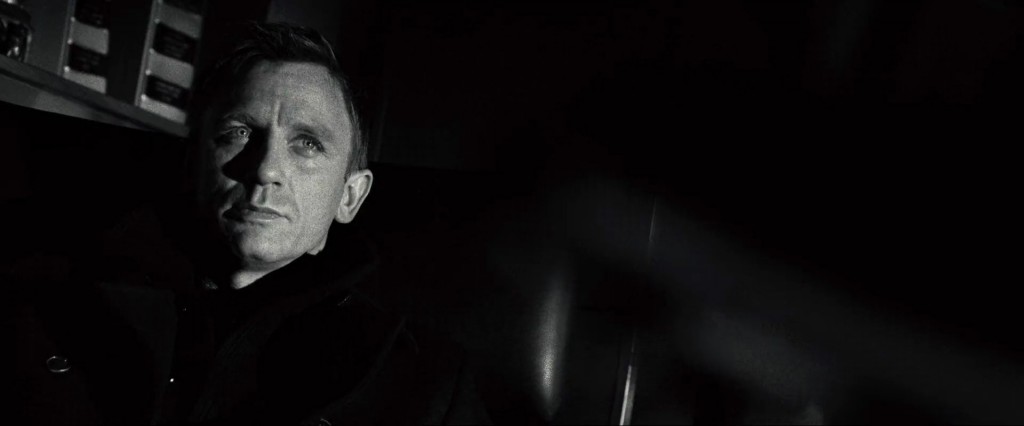Lighting
There are 3 main types of lighting in media...
- Key Light
- Fill Light
- Back Light
Key Light:
- A Key Light is the primary light in a scene. It will be the most most intense and direct light of the entire scene.
- It will be the first light to set up and will be used to illuminate the subject
- Avoid placing the key light close to camera as it will make the light flat and featureless
- If you place the light at the side or at the back of the actor. It will keep the overall light dark. Which is good for creating a sense of mystery around certain characters
- The Key light is the primary light source in a three point lighting set up
Fill Light:
- The fill lights illuminates the shadow created by the key light. giving a clearer image
- It is usually placed on the opposite side of the key light and isn't as powerful
- the job of the fill light is to remove shadows from the key light and not to create none of its own
- Fills are easy to create even if you don't have another light, you can create a fill light by using a reflector to bounce light from the key light
- A fill is measured in a key/fill ratio of 1:2. this indicates that the fill has half the intensity of the key
Back Light:
- The back light usually hits an actor or object from behind and is usually placed higher than the object it is lighting.
- the back light is often used to separate the object or subject from the background, and to give the subject much more shape and depth and make them look much more three dimensional
- Non diffused sunlight can often be too harsh to light your subject as a key light. But as a back light it can make your subject stand out
- To create a silhouette, remove the key and fill and expose the back light
There are also other types of lighting.
Side Light:
Practical Light:


Side Light:
- Light that is coming from the side parallel to the actor.
- Side light is ideal for creating dramatic moods
- Side light is traditionally used in noir films
- Are ideal for revealing texture
Practical Light:
- Is a light used in a scene (lamp,TV,Candles etc)
- They can increase depth
- It is common for practical lighting is for the lights to have a dimmer of some sort. Unfortunately, you might not be in a position, or have an electrician on set to install a dimmer switch. Therefore, an option you can take is to cut some diffusion gel and place it around the bulb.
Bounce:
- Light that has been reflected
- Foam bead boards have matte surface and will create the softest bounce light
- Reflectors with silver reflective material will create a hard light with 3/4 intensity depending on the distance of the light
- It can be very versatile. It can create a fill,key or back light and even illuminate objects in the background with reflective light.
Soft light:
- describes the size of the light
- Soft light comes from a large source, either a light fixture or diffusion sheet. The light produced will have soft shadows – or if soft enough, no shadows at all
High key:
- Is Bright and Shadowless with lots of fill light
- Will be used often to overexpose some areas of the image
- is usually produced by from frontal lighting
- Will have a low lighting ratio

Low Key:
- Dark and more shadows than light
- Little to no fill night
- Focuses on the shadow rather than the characters on screen
- Often achieved with one light
- Commonly used in Horrors or Thrillers
- Has a high light ratio and it works better when using a hard light source





Comments
Post a Comment